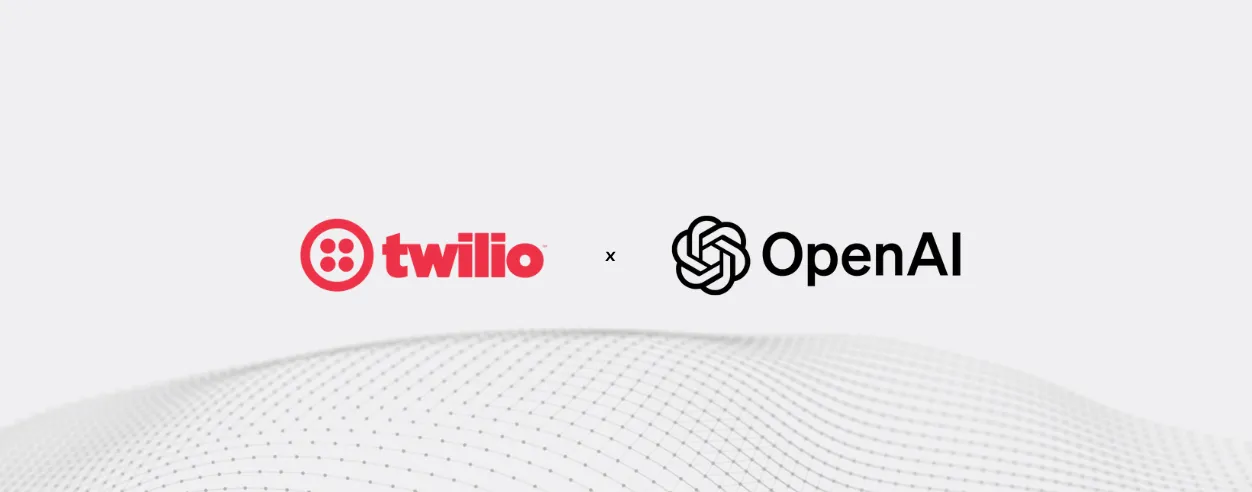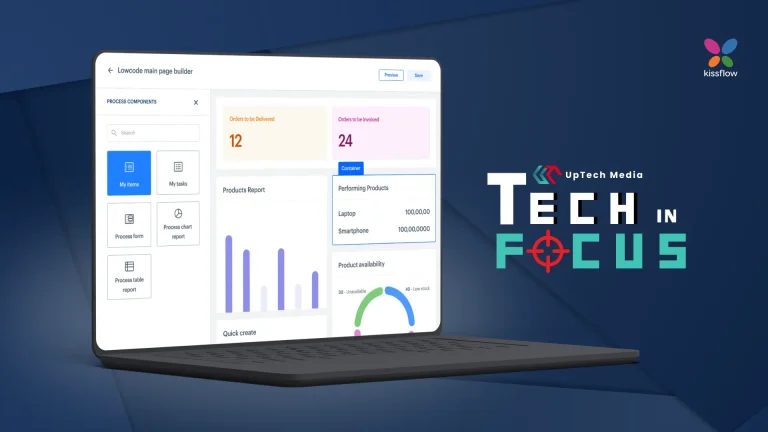Singapore – Twilio, a customer engagement firm, has recently unveiled a new collaboration with AI research and deployment company OpenAI, allowing the latter to integrate their new real-time API to the Twilio platform.
With the integration of streaming speech-to-speech (S2S) capabilities, the partnership aims to further enable more than 300,000 Twilio customers and over 10 million developers to build powerful conversational AI virtual agents using OpenAI’s flagship multilingual and multimodal GPT-4o model.
This latest integration also builds upon the existing collaborations between OpenAI and Twilio announced last year, leveraging the strengths of large language models within the customer engagement platform.
Commenting about the initiative, Inbal Shani, chief product officer at Twilio Communications, said, “Integrating OpenAI’s real-time API with Twilio’s platform enables businesses to offer more natural, real-time AI voice interactions at scale. Businesses can use this to create voice experiences that feel more human and can reduce operational costs and drive higher customer satisfaction.
According to the firm, OpenAI’s ‘Realtime API’ reduces latency and factors in key components like conversation pacing, interruption handling, tone, and balance between speaking and listening, which are all critical user experience elements for customer experience.
Olivier Godement, head of product, API at OpenAI, further added, “The Realtime API’s speech-to-speech capabilities are designed to address strong customer demand for conversational AI solutions. We’re thrilled to collaborate with Twilio to deliver a world-class developer experience for building and deploying conversational AI agents.”
Furthermore, the company also shared that the speech-to-speech capability will support social impact at scale, supporting nonprofit and public sector organisations to deploy novel use cases such as voice translation in real time between constituents and staff members who speak different languages.
This development allows businesses to connect these capabilities into Twilio’s customer engagement platform, enabling them to build conversational AI virtual agents into workflows like they would any other voice interaction.
Previously, developers would be required to stitch together multiple vendors and solutions to create and deploy these agents.
In addition, developers can leverage advanced features to record calls, view performance and analytics, and extract insights with AI operators through Twilio’s scalable voice APIs and software. The interactions with virtual agents generate data that can be used to boost operational efficiency and enable widespread personalisation.












